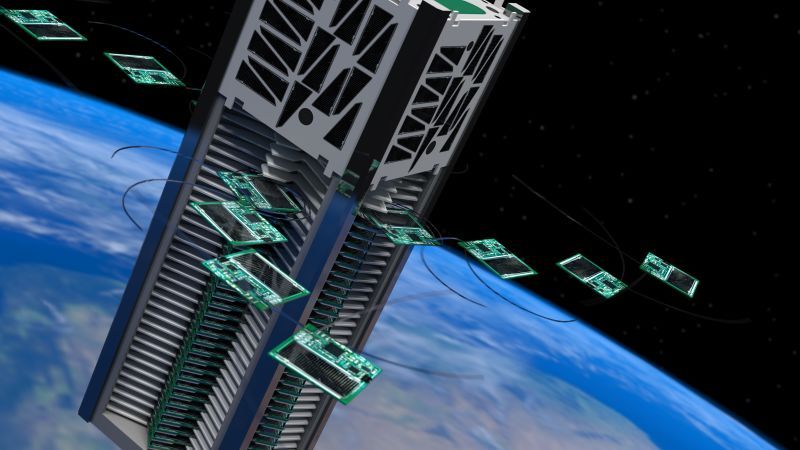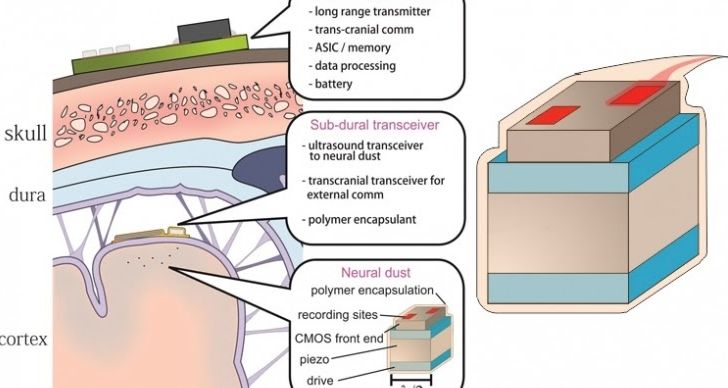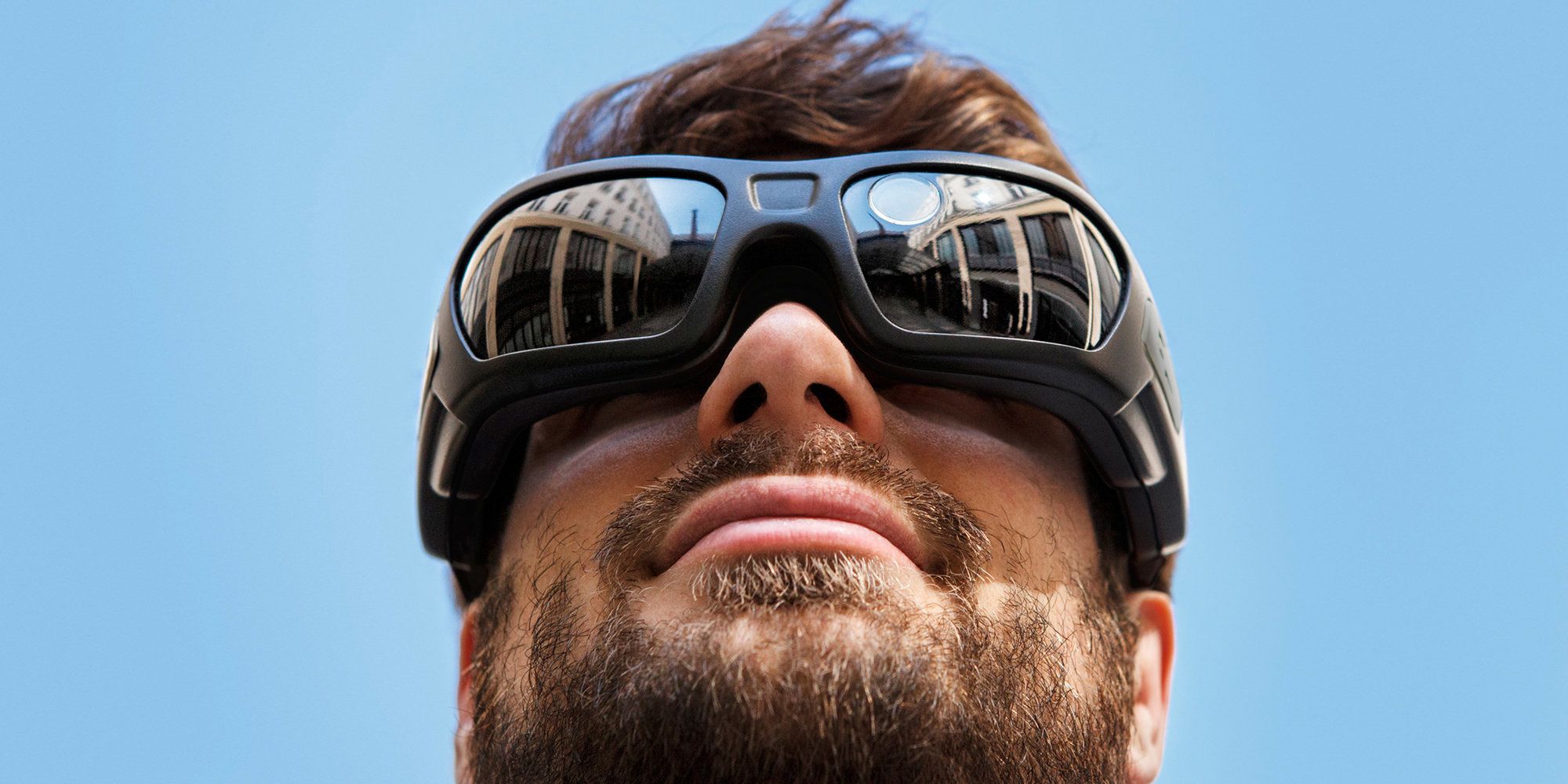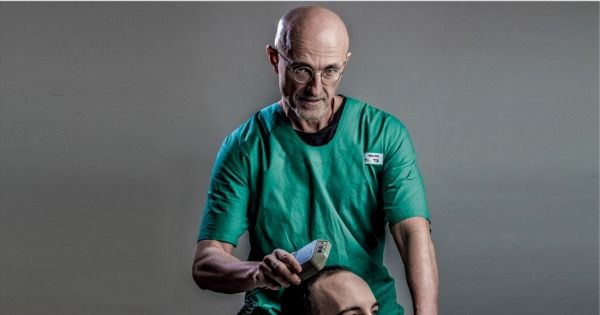Page 10642
Jun 2, 2016
These Tiny Spacecraft Could Lead Us to Alpha Centauri
Posted by Klaus Baldauf in categories: computing, military, robotics/AI, satellites, solar power, sustainability
Earlier this spring, Russian billionaire Yuri Milner casually announced his intention to develop spacecraft that can travel at up to 20 percent the speed of light and reach Alpha Centauri within twenty years. From the outset, it was clear that no humans would be making the warp jump—the mission will involve extremely lightweight robotic spacecraft. A new fleet of tiny satellites hints at what those future interstellar voyagers will look like and be capable of.
Meet Sprites: sticky note-sized devices that sure look like the result of the Pentagon’s long-anticipated floppy disk purge, but are in fact state-of-the-art spacecraft complete with solar cells, a radio transceiver, and a tiny computer. Later this summer, a Cornell-led project called Kicksat-2 will launch 100 of these puppies to the International Space Station. There, the satellites will spend a few days field-testing their navigational hardware and communications systems before burning up in orbit.
The project’s lead engineers, Zachary Manchester and Mason Peck, are on the advisory committee for Breakthrough Starshot, an ambitious effort to reach our nearest neighboring star system within a generation. (In fact, the potato chip-sized computer Milner held up during a highly publicized press conference in April was Manchester’s own design.) Sprites, and the “chipsat” technology they’re based on, are a step toward that goal of interstellar travel. More generally, they’re an indication of the future of space exploration.
Continue reading “These Tiny Spacecraft Could Lead Us to Alpha Centauri” »
Jun 2, 2016
Neural Dust — ultra small brain interfaces — is being used to make cyborg insects
Posted by Klaus Baldauf in categories: cyborgs, electronics, energy, neuroscience
As the computation and communication circuits we build radically miniaturize (i.e. become so low power that 1 picoJoule is sufficient to bang out a bit of information over a wireless transceiver; become so small that 500 square microns of thinned CMOS can hold a reasonable sensor front-end and digital engine), the barrier to introducing these types of interfaces into organisms will get pretty low. Put another way, the rapid pace of computation and communication miniaturization is swiftly blurring the line between the technological base that created us and the technological based we’ve created. Michel Maharbiz, University of California, Berkeley, is giving an overview (june 16, 2016) of recent work in his lab that touches on this concern. Most of the talk will cover their ongoing exploration of the remote control of insects in free flight via implantable radio-equipped miniature neural stimulating systems.; recent results with neural interfaces and extreme miniaturization directions will be discussed. If time permits, he will show recent results building extremely small neural interfaces they call “neural dust,” work done in collaboration with the Carmena, Alon and Rabaey labs.
Radical miniaturization has created the ability to introduce a synthetic neural interface into a complex, multicellular organism, as exemplified by the creation of a “cyborg insect.”
“The rapid pace of computation and communication miniaturization is swiftly blurring the line between technological base we’ve created and the technological base that created us,” explained Dr. Maharbiz. “These combined trends of extreme miniaturization and advanced neural interfaces have enabled us to explore the remote control of insects in free flight via implantable radio-equipped miniature neural stimulating systems.”
Jun 2, 2016
Elon Musk’s craziest idea is the AI-beating Neural Lace
Posted by Sean Brazell in categories: Elon Musk, robotics/AI, sustainability, transportation
RANCHOS PALOS VERDES, California — Are you ready to interface with your digital self at neural level? Elon Musk wants you to. In fact, he thinks it’s the only way we can prevent becoming our artificial intelligence overlords’ house cats.
Musk laid our this wild, new digital vision during a late evening chat at the annual Code Conference.
SEE ALSO: Tesla Model 3 won’t get free Supercharger access, Musk says.
Jun 2, 2016
This Incredible ‘Star Trek’ Visor Could Help The Blind See Again
Posted by Shailesh Prasad in category: futurism
This ‘Star Trek’ Visor Could Help The Blind ‘See’ Again.
UK trials are set to begin this year.
Jun 2, 2016
Why people who believe in God ‘are more likely to have a lower IQ’
Posted by Shailesh Prasad in category: futurism
Stupid people are more likely than eggheads to believe in God, a controversial new study claims.
In a move that is bound to offend millions of churchgoers, a British psychologist says he has found a link between having a high IQ and being an atheist.
The discovery helps explain why university academics are less likely to be religious than almost anyone else, he says.
Continue reading “Why people who believe in God ‘are more likely to have a lower IQ’” »
Jun 2, 2016
DARPA moving forward with drone ‘space plane’
Posted by Andreas Matt in categories: drones, military, robotics/AI, satellites
The US military’s research arm says its robotic “space plane” program has received funding for the next phase of development. Aiming to provide a quicker and cheaper way to launch satellites, the still-conceptual vehicle may fly as early as 2019.
The Experimental Spaceplane (XS-1) program is intended to prove that “routine and responsive access to space can be achieved at costs an order of magnitude lower than with today’s systems,” according to Jess Sponable, program manager at the Defense Advanced Research Projects Agency (DARPA).
After reviewing studies submitted by several aerospace conglomerates, DARPA has now issued a call for design proposals. The deadline for submissions is July 22.
Jun 2, 2016
Behind the Commonwealth Bank’s investment in quantum computing
Posted by Karen Hurst in categories: business, computing, finance, government, quantum physics
Excellent story; glad that this bank in Australia is getting prepared for Quantum now instead of later which will be too late for some. Good news is that Wall Street as well as the US Government are getting educated on Quantum Computing. I do hope more and more businesses and institutions start developing their own internal QC expertise so that they are prepared for the switch that is coming across all industries.
The Commonwealth Bank’s decision to contribute millions of dollars to quantum computing research is not just about the significant commercial potential of the technology itself but also about developing its own in-house expertise in the area, according to chief information officer David Whiteing.
The bank last year committed to contributing $10 million over five years to UNSW’s Centre for Quantum Computation and Communication Technology (CQC2T). That was in addition to $5 million it announced in December 2014 that it would put towards the centre.
Continue reading “Behind the Commonwealth Bank’s investment in quantum computing” »
Jun 1, 2016
World’s First Human Head Transplant Will Take Place in 2017
Posted by Shailesh Prasad in category: biotech/medical
Italian neurosurgeon Dr. Sergio Canavero is firm on his promise to deliver the first human head transplant to the world. He says a Chinese man will be the first patient in 2017, and now all he needs is approval and funding. Other experts are highly skeptical.
Last year, Dr. Sergio Canavero created quite the ruckus (to put it mildly) when he vowed to be the first person to transplant a human head onto a deceased donor’s body. Yes, he is planning on attempting the world’s first human head transplant (or body transplant, depending on how you look at it).
In fact, it has been about a year since his initial proclamation, and the Italian neurosurgeon still stands firm on his declaration, despite claims from other experts that it is nothing but a PR Stunt (at best) or a hoax. Some have even hypothesized it’s all just a plot meant to promote Metal Gear Solid.
Continue reading “World’s First Human Head Transplant Will Take Place in 2017” »
Jun 1, 2016
Bill Gates talks about why artificial intelligence is nearly here and how to solve two big problems it creates
Posted by Karen Hurst in category: robotics/AI
I get a kick out of stories like this one.
The real challenge is ensuring humans stay in control.


















